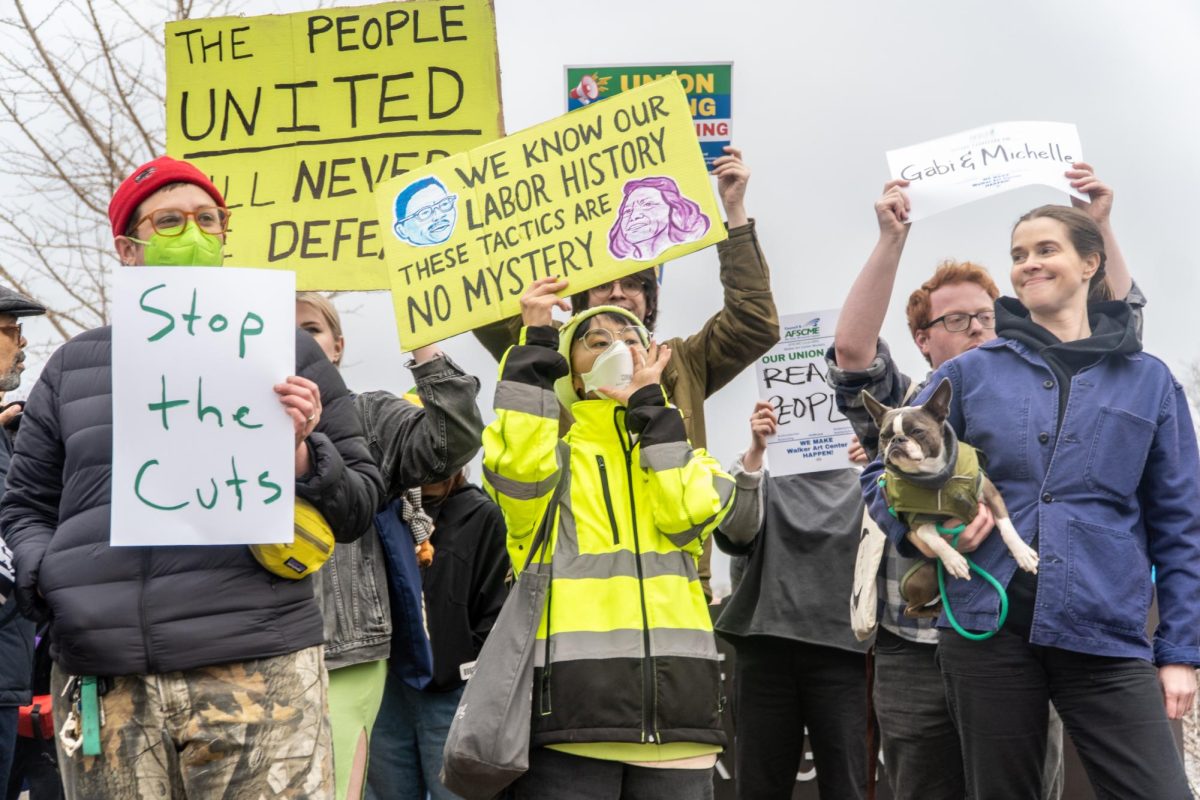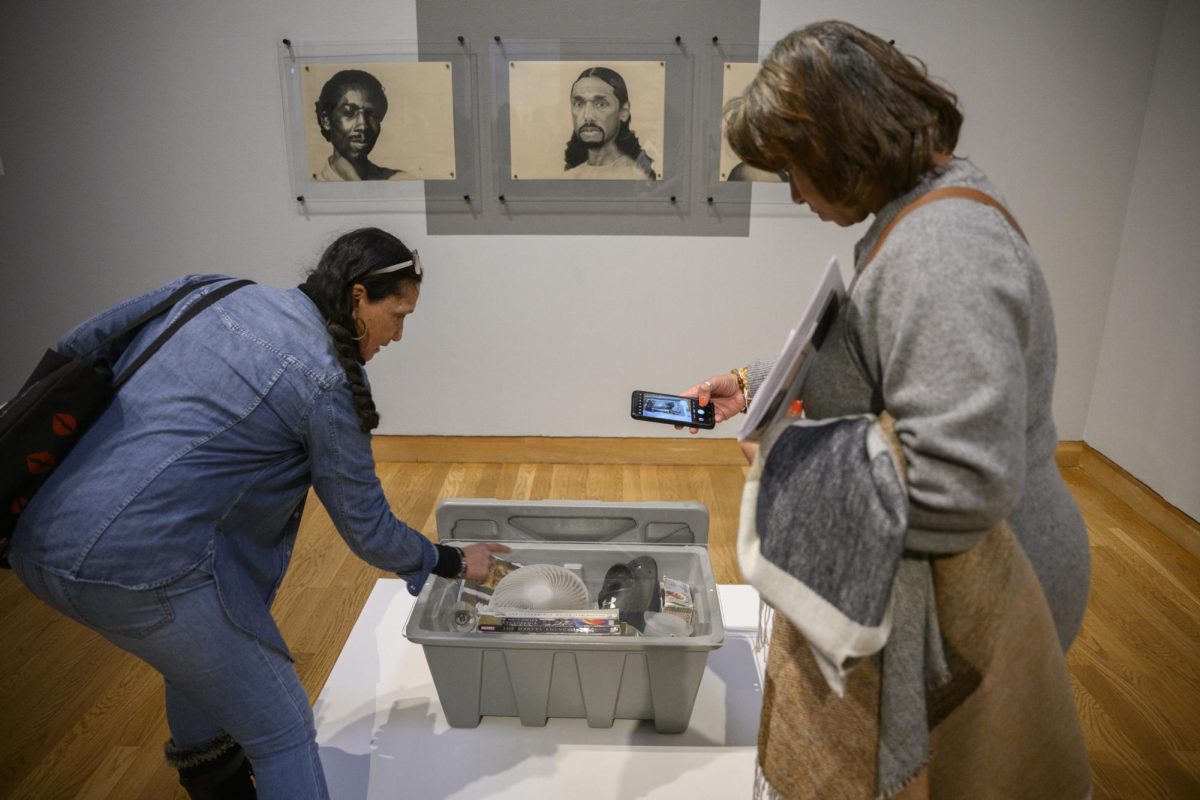The world premiere of “Emily Dickinson: The Untold Verse” ran from Friday to Sunday at Ballet Co.Laboratory’s intimate Studio Theatre in a strip mall just west of the St. Paul Downtown Airport.
Despite the modest setting, the hour-long performance was a rich translation of Dickinson’s language of poetry into the language of dance.
The setting fits the story of the 19th-century poet’s life — a seemingly lonely, reclusive lifestyle hiding a rich inner life and fascination with the world.
“While Emily’s nature was misunderstood, today we invite you to see beyond the myth,” Ballet Co. Laboratory artistic director Zoé Henrot and managing director Rachel Koep wrote in the program. “Step into Emily’s world — not the one history has constructed, but the one she created for herself.”
None of Dickinson’s poetry was utilized in the performance, relying solely on the graceful leaps, swoops and twirls of ballet.
Another layer of creativity in the production was setting the performance to “Das Jahr” by composer Fanny Mendelssohn, another 19th-century female creative who was not recognized for her work until long after her death.
German for “The Year,” “Das Jahr” sonically explores the ever-changing scenery and mood of a year, which “The Untold Verse” uses to represent various seasons of Dickinson’s life.
Choreographer Genevieve Waterbury arranged the performance non-chronologically, which created some narrative incoherence but also complexity as it evokes different years of Dickinson’s life.
The ballet began with a wounded deer prancing to Mendelssohn’s “January,” then transitioned into a young Dickinson being pushed into conformity by her father and society.
Then time jumps forward to Dickinson’s adulthood, where, set to Mendelssohn’s “Mai,” the poet falls in love with her sister-in-law, Susan Huntington Gilbert Dickinson, a bumblebee buzzing around them, welcoming the springtime.
It was refreshing to see queer love depicted in a traditional practice such as ballet. Rosa Prigan, who played Emily, and Henrot, who played Susan, revealed a palpable connection on stage together, holding each other tenderly and gazing wistfully at each other when Austin, Dickinson’s brother, leads Susan offstage.
“We have few surviving records of Emily’s life outside of her poetry and preserved letters. She really wasn’t all that obscure about her feelings in her writings — but I think the lack of queer visibility and acceptance in the world she lived wrote much of her story for her,” Waterbury said in a press release.
The ballet also engaged with Dickinson’s complex relationship with death, a prevalent theme throughout her poetry.
Represented by a swarm of flies, the death ensemble impressively imitated buzzing by rapidly stomping en pointe, or on the tips of their ballet shoes.
Dickinson’s first encounter with death, a movement named after the poem “I felt a Funeral, in my Brain” set to Mendelssohn’s “September,” reads as an intrusion while in the throes of depression.
By the end of the performance, in “We passed the fields of gazing grain” set to “Dezember,” Dickinson greets death like an old friend. Kit Ornelas, lead death fly, holds their hand out to her, and Dickinson tentatively takes it with a smile.
The finale’s title comes from a poem that begins with the lines: “Because I could not stop for Death – / He kindly stopped for me.”
The choice to end with this scene of death in “Dezember,” Dickinson’s birth month, evokes how life and death are intertwined, an awareness of which Dickinson shows throughout her poetry.
During the finale, after the dancers cleared the stage, pages from the old book props circling the stage started to rise into the air, signifying the main purpose of the ballet of lifting Dickinson’s life off the page and out of historical precedent.
With simple yet effective costume and set design, “The Untold Verse” was a brief yet successful exploration of an endlessly complex life and left the audience to ask themselves what they could learn about the world from someone who barely left her bedroom.














